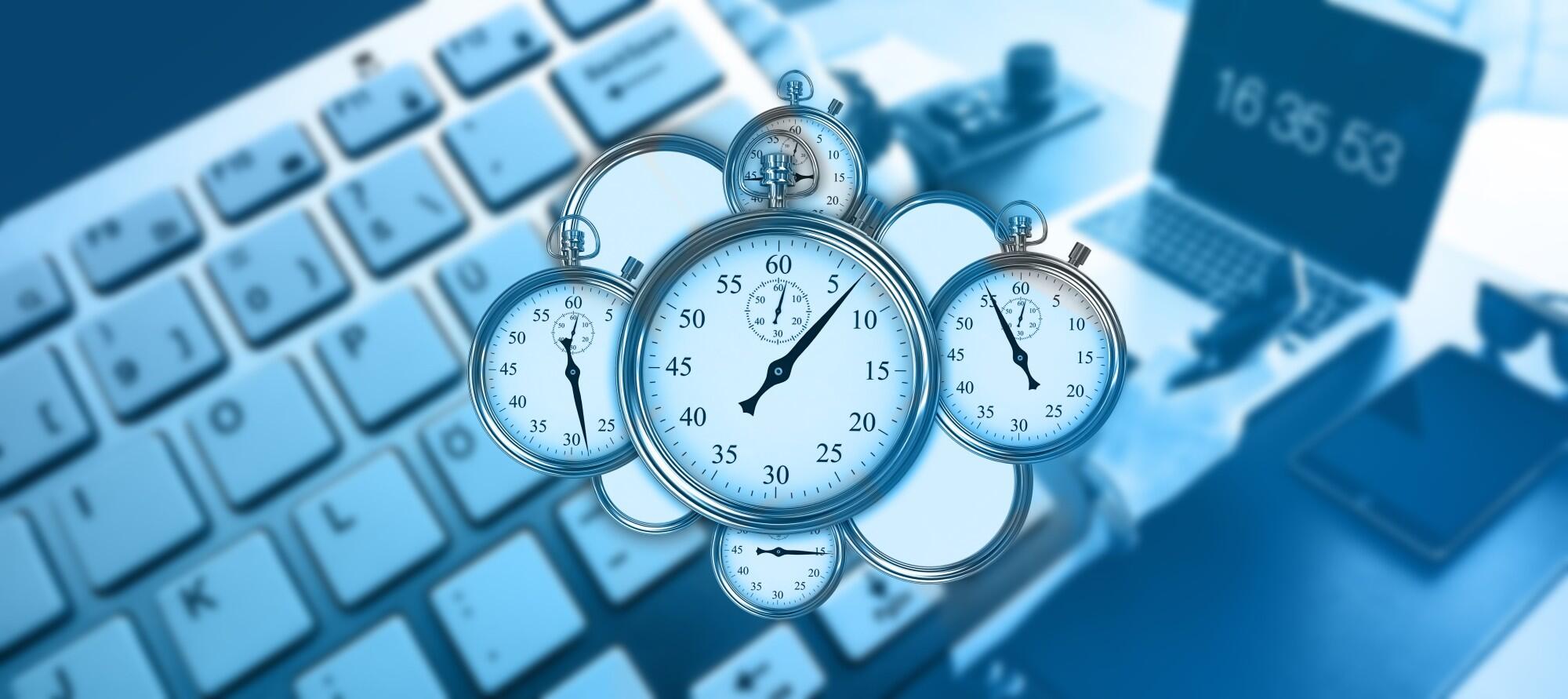RFID (Radio Frequency Identification) What Are Its Benefits?
How much do you know about RFID? Would you like to know how it works? Read on to learn more about it.
Did you know that the cost of Radio Frequency Identification (RFID) tags has dropped 80% over the last four years, while the readability has doubled?
But what is RFID, and what are its benefits? Read through this RFID guide to learn more about it and how it can help you.
What is Radio Frequency Identification, and How Does It Work?
RFID is a passive tracking technology using radio waves to identify an item or a person.
It has many uses, from tracking items along a complicated supply chain and even checked-out library books. One of the best uses for RFID technology is employee labor tracking.
This technology originated in the 1970s but only recently gained prominence due to its lowered costs.
Using the technology is quite simple. RFID technology uses two main parts: a tag and a reader.
The tag contains a microchip with stored information either passively powered by the reader or actively powered by a battery.
When powered, these chips emit an electric signal, or a radio frequency, that the scanner reads.
Radio Frequency Identification Benefits
Small business owners and their employees can reap massive benefits from RFID technology. RFID time clocks can boost profitability for management and employees.
Reduces Labor Costs
The Biden Administration abandoned the fight for a $15/hr minimum wage shortly after the inauguration, but that doesn’t mean salaries aren’t rising.
In 2021’s second quarter, wages for private-sector employees were 5% higher than in quarter two of 2020, when COVID-19 mitigation efforts put much of the economy at a stand-still.
COVID-19 reshaped the labor market, and employers facing a so-called worker shortage in 2021 upped their wages and bonus structures to attract workers.
Unfortunately, rising labor costs affect business profitability, especially for small businesses.
RFID can help. For one, an RFID time clock system offers the most accurate labor tracking system. At your fingertips, you have all the necessary information on hours worked.
Eliminates Fraud
People once lived their lives by time clock ticking, but those old punch clocks gave way to streamlined technology. But barcode time badges have problems similar to those old punch cards.
They’re both susceptible to fraud. It’s easy for an employee to have another clock them in with a barcode. All the employee needs is a photocopy of a time badge.
RFID time clock technology protects your labor hours and saves your money. The badges or keyfobs come with a microchip, and employee replication is nearly impossible.
Provides Greater Transparency
Manual time tracking is a challenge for employers and employees. What’s worse is that if you make a mistake, you risk losing the trust of your employees.
RFID time clocks link to an app where employees can track how many hours they’ve worked and how much they’ve earned. They don’t need to wait for their bi-weekly pay stub.
This real-time information also benefits employers. You know when workers approach earning overtime or any built-in incentives.
Makes Scheduling Easy
Eliminating time-clock fraud and tracking employee labor hours is vital to reducing labor costs. But what about you, the boss?
Every week, you write a schedule or pay a middle manager to write one. The process is detailed, especially if you have many employees.
You must wade through day-off requests and optimize labor hour productivity.
Performing all that is a time-consuming task that RFID time clock technology can streamline.
With an RFID platform, your employees can make organized time-off requests. They can also engage with you and other departments through electronic communication.
You also have, at all times, employee work information. This work information allows you to liberate your workers from office attendance five days a week.
Reduces Management Costs
If you own a small business, you’re not only concerned with hourly employee labor costs but how much you pay for management.
Some larger small businesses pay a separate manager to handle payroll. How much money could you save if you eliminated that position?
An investment in RFID time clock technology streamlines your management operation. These time clocks calculate payroll automatically, including employee tax withholding and employer payroll tax liability.
Incentivizes Workers
Employee-based RFID technology also has several add-ons that encourage employee accountability.
If you run a restaurant, you know when a cook is late. But what if you run a “small business” with 500 employees, especially those who are salaried office workers?
Keeping track of these employees via an old-fashioned time-card system is impossible. What’s the incentive for an office worker being on-site for eight hours a day, anyway?
Are you having trouble encouraging a return to the office in a post-pandemic world? You’re not alone, and a return is a delicate balance.
You don’t want to lose your good talent, but you’ve invested countless dollars in office equipment and real estate.
Workers who’ve spent the previous two years may balk at a five-day in-office workweek. And forcing their return may result in them quitting. What do you do?
Many offices are now offering a hybrid work schedule, but you still have to find a method of worker encouragement.
With an RFID time-clock system, you can build in earned worker incentives to get your people back to work. Every time they clock in at the office, they could earn extra PTO, flex-time, or bonuses.
Radio Frequency Identification Helps Your Business
Radio Frequency Identification can streamline your operation, whether tracking products along the supply chain or tracking labor costs.
It doesn’t matter whether you run an office of 500 employees or a restaurant of 20; RFID liberates how you manage. The good news is that we’re here to help.
Contact us today to explore how our tracking technology revolutionizes your business.





